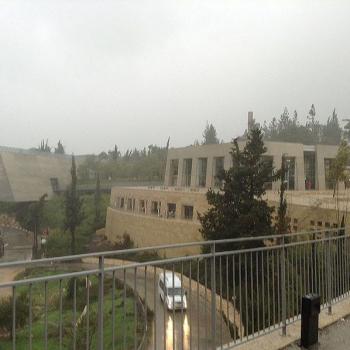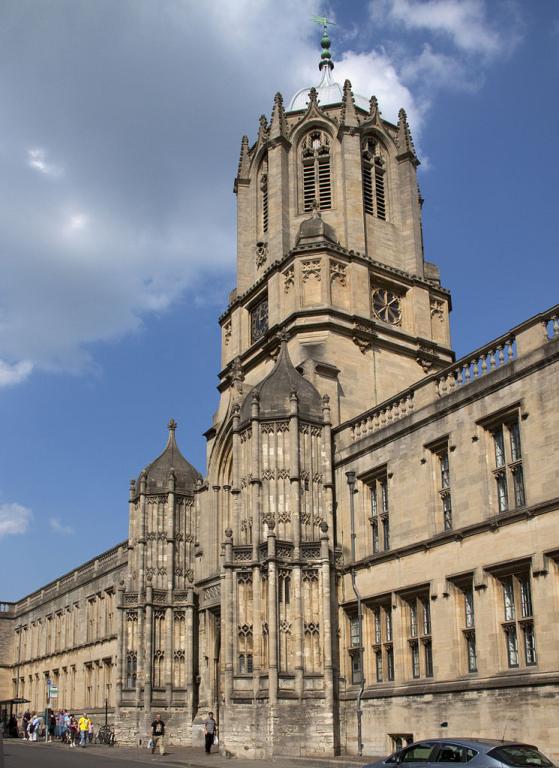
(Image from Wikimedia Commons)
In the 11 June 2023 episode of the Interpreter Radio Show, Terry Hutchinson, John Gee, and Kevin Christensen discussed Come, Follow Me New Testament lesson 28, the Restoration of the Melchizedek Priesthood, the Joseph Smith Papers project and recent book titles and Interpreter articles.
The “New Testament in Context” portion of the 11 June 2023 show, for the Come, Follow Me New Testament lesson 28, “Ye Shall Be Witnesses unto Me,” covering Acts 1–5, will be posted separately on Tuesday, 27 June 2023.
The Interpreter Radio Show can be heard live on Sunday evenings from 7 to 9 PM (MDT), on K-TALK, AM 1640, or you can listen live on the Internet at ktalkmedia.com.
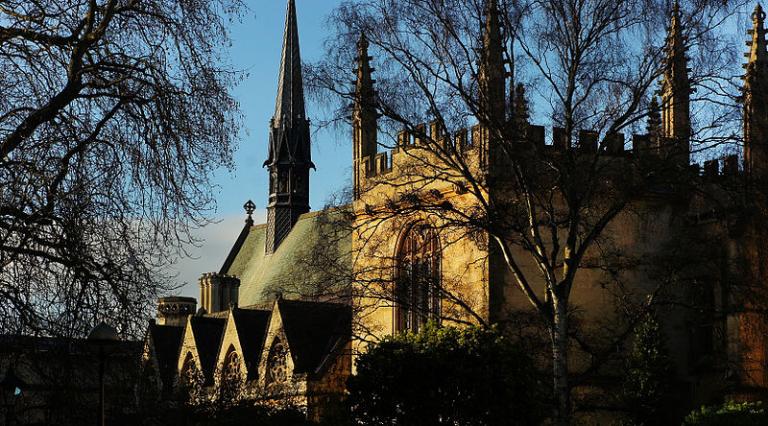
We spent several hours in Oxford the other day, and doing so put me in mind of a column that I published in the Deseret News back in 2020. Since it’s been a long day today and I’m very tired, I’m going to reproduce that article here:
Although struggling recently to cope with the global COVID-19 pandemic, universities have long been important institutions not only in the West but internationally.
How long? No direct link exists between today’s universities and either the Academy of Plato or the Lyceum of Aristotle. Instead, the origins of the modern university lie in the medieval period.
The term universitas itself seems to have been coined in Italy, in connection with the establishment of what is still known today as the University of Bologna. Focused initially on civil and canon law and featuring teachers recruited from the area’s lay and ecclesiastical schools, Bologna is often considered the oldest continuously-functioning degree-granting institution of higher education in the western world. Its official seal features not only its name and the traditional year of its founding (1088) but the motto Alma mater studiorum (“Nourishing mother of studies”) — and, of course, we still use the phrase alma mater in connection with schooling to this day.
Basic studies at Bologna and at subsequent medieval universities focused initially on the “arts,” and specifically upon the threefold “Trivium” — from which we derive our word trivial — of rhetoric, grammar and dialectic (or logic). Thereafter followed the “quadrivium” of astronomy, arithmetic, geometry and music. Together, these were regarded as “the seven liberal arts” — “liberal” because mastery of them was thought to equip a person to be “free.” But the real glory of the medieval university came in the specialized higher studies of medicine, theology and law — by which was intended both civil law and ecclesiastical or canon law.
The overtly religious character of the second oldest Western university, the University of Paris, is clearer than that of Bologna. Perhaps already in the sixth century, monks and nuns taught classes in so-called “monastic schools” or “cathedral schools.” Founded in 1150, the University of Paris appears to have grown directly out of the cathedral school of Notre Dame, and it was officially recognized by Pope Innocent III in 1215. For many generations, it has also been called “the Sorbonne,” which is, strictly speaking, the name of its medieval theological college.
The oldest institution of higher learning in what is today the English-speaking world is the University of Oxford. Its founding date is unclear — teaching in Oxford is attested at least as early as 1096 — perhaps because there wasn’t a single, specific founding. But when, in 1167, King Henry II banned English students from attendance at the University of Paris because of his war with Louis VII of France, Oxford really took off. Its Latin motto, visible on its “arms” or seal, is the opening words of Psalm 27, Dominus Illuminatio Mea (“The Lord is my light”).
In the midst of violent altercations between students and ordinary citizens in Oxford, though — “town and gown” frictions were common wherever medieval universities were established, and often still are — a number of faculty and students found refuge in Cambridge, where England’s second-oldest university was founded in 1209. Astonishingly, Oxford and Cambridge became so powerful that no additional English universities were permitted to compete with them or even to exist until the early 19th century. The University of St. Andrews was established in 1413 — but St. Andrews is a city in Scotland.
The oldest institution of higher education in the United States was founded in 1636 and named after an English-born Cambridge-trained minister named John Harvard (1607-1638) who had been serving in the Colonies and whose will bequeathed half of his money and his entire library to the newly-founded school. Newtowne, Massachusetts, accordingly (and ambitiously) changed its name to “Cambridge.” In its early years, Harvard College served principally to train Unitarian and Congregational clergymen.
Yale University, founded in 1701, was also intended to train Congregational ministers; initially, its curriculum focused entirely on theology and the biblical languages (such as Latin, Greek and Hebrew). Its seal still reflects its roots, with the motto Lux et Veritas (“Light and Truth”) displayed beneath a book bearing the Hebrew words Urim ve-Tummim (roughly “Lights and Perfections”). Like Harvard, Yale has an important divinity school.
Established by Presbyterians in 1746, Princeton University was, once again, initially created to train men for the ministry. And still today, the very influential Princeton Theological Seminary — autonomous but closely related, having been founded by the University’s eighth president in 1812 — sits nearby.
Some question whether religiously oriented colleges and universities are fully legitimate. For most of the history of higher education, however, there was no other kind.
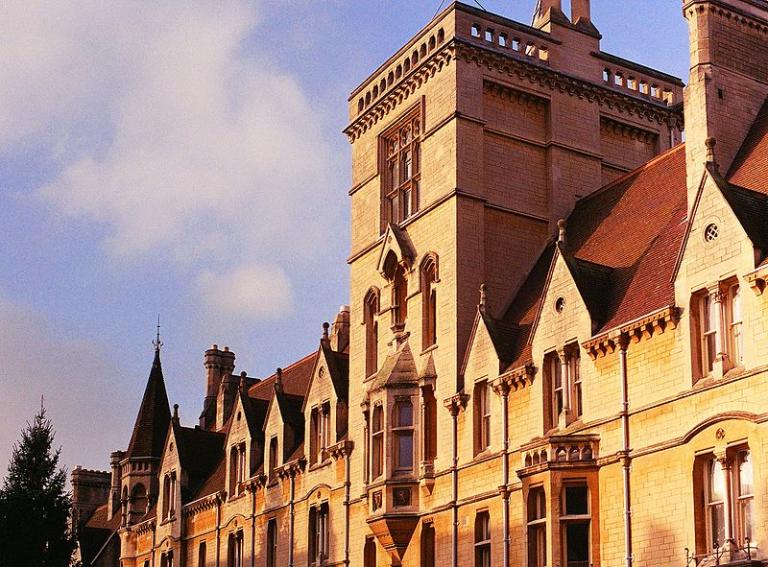
I share with you a few milestones along the inevitable road to Science, Love, and Progress:
YouTube: “Science, the Transgender Phenomenon, and the Young” | Abigail Shrier (In my judgment, this is a very, very important video. It’s just under an hour in length.)
Get Religion: “News coverage of Los Angeles Dodgers drag-nuns story reveals plenty of bad habits”
Wall Street Journal: “The Bigotry That Proudly Speaks Its Name: From Dodger Stadium to Washington, indulging anti-Catholic sentiment is an elite pastime.”
The Daily Signal: “Elementary School Holds Pride Month Celebration For Little Kids”
National Review: “The World Is Turning against Gender Experiments on Children”
National Review: “California Is Losing Its Mind”
Get Religion: “Evolving journalism doctrines: Associated Press adds clarity on the ‘T’ in LGBTQ+”
The Free Press: “The Tech Messiahs Who Want to Deliver Us from Death: They see death as a software error—and they have a plan for fixing it. But should they?” (There is, unfortunately, a Latter-day Saint connection to this item.)
Get Religion: “Thinking about C.S. Lewis and today’s emerging prophets of transhumanism” (This is a commentary on the article to which I link immediately above.)
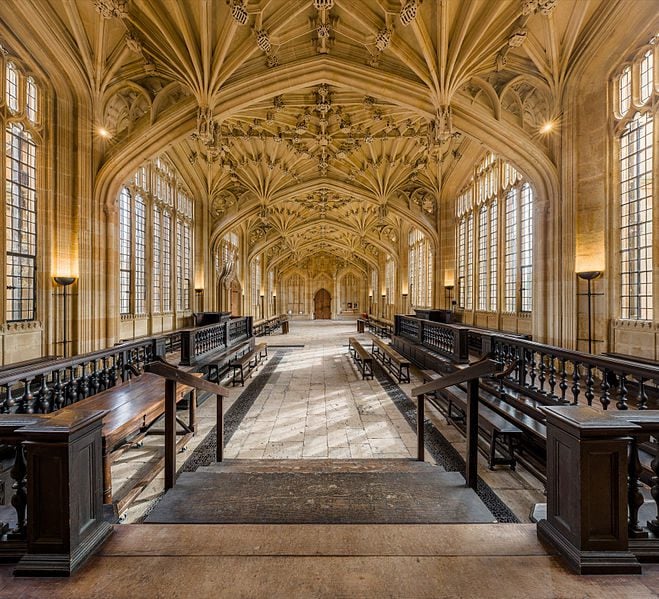
This important and very disturbing article showed up recently in the Christopher Hitchens Memorial “How Religion Poisons Everything” File™: “Latter-day Saint Enigma: Their Unexpected Troop Abuse Rates: Are Latter-day Saints more likely to abuse kids? Through statistical analysis of the BSA abuse case, we have our first data-supported answer to the question.”
Trigger Warning: If exposed to this article, some critics of the Church may want to take immediate refuge in the nearest accessible “safe space.”
Posted from Wokingham, Berkshire, England






